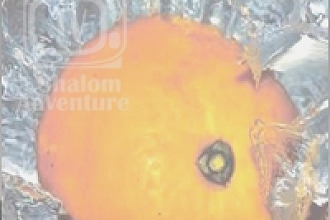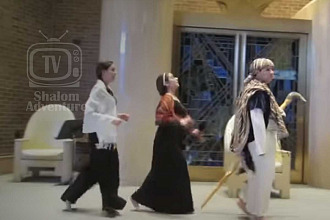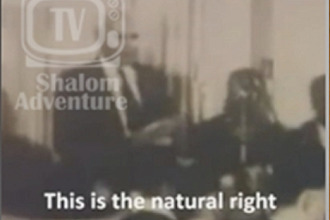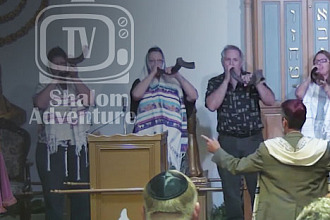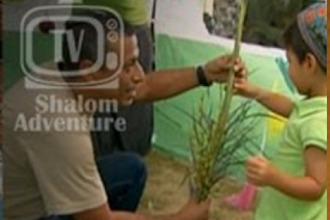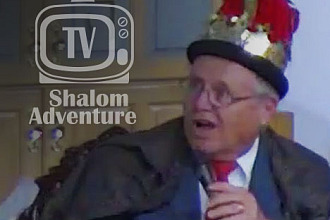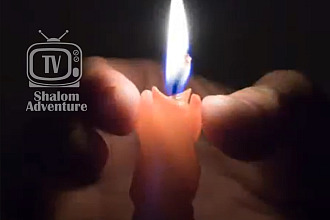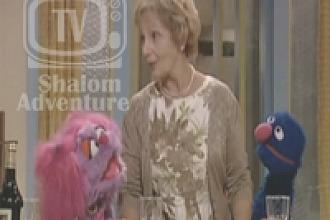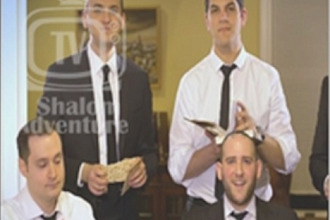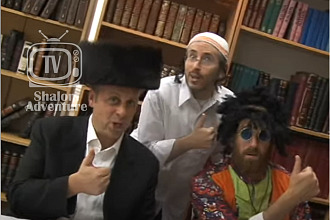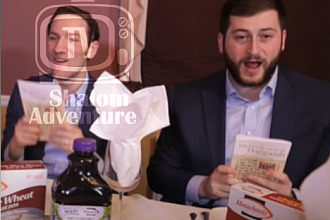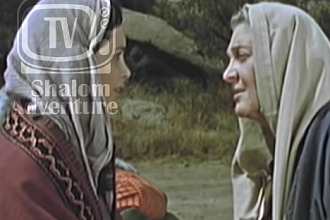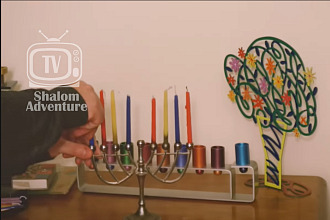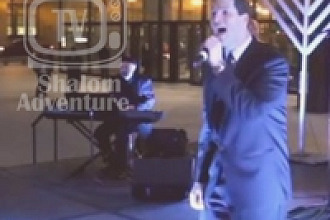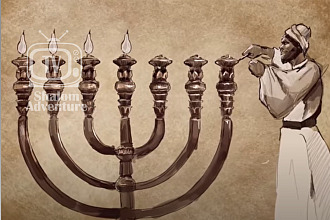Purim season has arrived, and with it, the typical fanfare of kids (and some adults) dressed up as astronauts, princesses with magenta or other zany colored wigs, Queen Esther herself, or otherwise in creative costumes, along with the traditions of hamantashens with various flavors and fillings, megillah readings, and of course, the potentially annoying yet beloved noisemaking devices otherwise known as groggers.
Purim season has arrived, and with it, the typical fanfare of kids (and some adults) dressed up as astronauts, princesses with magenta or other zany colored wigs, Queen Esther herself, or otherwise in creative costumes, along with the traditions of hamantashens with various flavors and fillings, megillah readings, and of course, the potentially annoying yet beloved noisemaking devices otherwise known as groggers.
Groggers have had a special place in Jewish tradition for drowning out the name of Haman, and for Jews near and far, the tradition does not seem to be going away anytime soon.
“Decades later, in my American home one Purim, the reading of the Megillah; the sound of groggers; the clamor of children, toddlers and adults; the delicious homemade sesame candy - after several years of wandering, we came to America, hamantaschen and hot chocolate all mixed together to create the happy atmosphere that celebrates the Jewish people’s victory over evil,” Miriam Paltiel Nevel, a Jewish immigrant to the United States seeking a better life compared to that of the former Soviet Union, spoke of Purim.
“I was sitting quietly amid the roar, and let my thoughts wander. In my mind’s eye, here was Uncle Itche Mordche rolling up his sleeves one at a time and booming, “Happy Purim! May all the Hamans have a downfall, and we should have warmth, happiness and great celebrations all together!” In my mind’s eye, a circle of children would mill around Itche Mordche, and he would dance with all the children and make l’chaims in fine Purim spirit.”
Written by Erin Parfet



